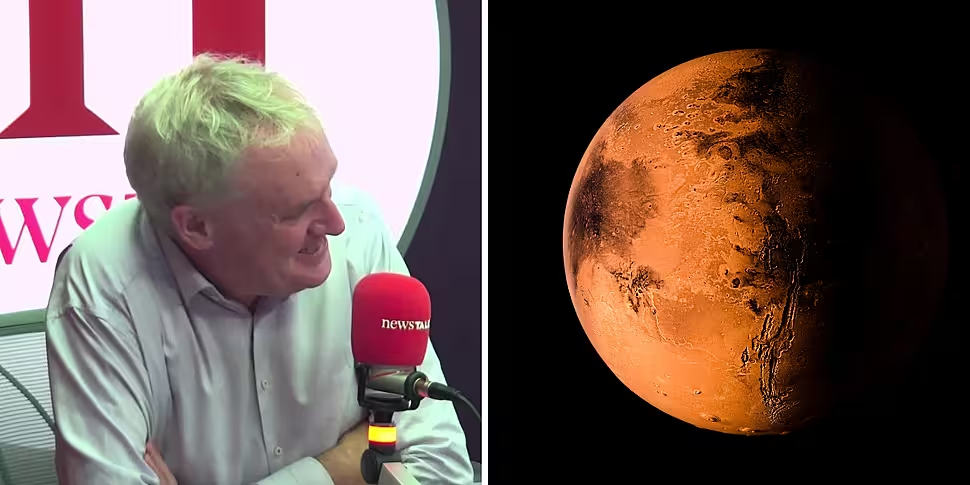Four scientists just completed their year-long fake mission to Mars – and they cited “boredom” as one of the main obstacles of their stay.
Anca Selariu, Ross Brockwell, Nathan Jones and team leader Kelly Haston spent 378 at Mars Dune Alpha, growing vegetables and conducting ‘Marswalks’.
The group wasn’t on Mars, however – they were tucked away at the Johnson Space Center in Houston in conditions designed to mimic life on the red planet.
The 160-square metre space was designed to match what life on Mars would really be like – including an airlock leading to the ‘outside’, filled with red sand.
Trinity Professor Luke O’Neill told The Pat Kenny Show the ‘mission to Mars’ was used to identify potential problems for any astronaut on a long-term stay on the planet.
“They mocked up communication with Earth,” he said. “It's a 20-minute time for a message to go from Mars to Earth and 20 minutes to come back.
“One question is, how would someone survive offline for a year? And if you're a teenager, you'd be horrified at this prospect, I guess.”
Upon ‘arriving home’, the participants said being offline for a year wasn’t a problem – although losing communication with friends and family was.
“The biggest by far was they missed their family and friends,” Prof O’Neill said.
“Maybe one of their parents got sick and they couldn't go and visit them, or some crisis with their friends or family, or just not being there for birthdays and special events in person - that was the number one thing they all said was the most difficult.”
'Life' on Mars
The second issue the would-be astronauts faced was simple boredom in the station.
“This was the question to keep yourself occupied and various ways to deal with boredom,” Prof O’Neill said.
“The science of boredom is actually very interesting – why do we get bored?
“You might get fed up doing a repetitive task, but it's not as simple as that - you can be bored doing your favourite thing sometimes.”
The participants found ways to avoid boredom on their year-long mission – such as leader Kelly Haston who took up embroidery.
“She embroidered little badges for [her crew] and that gave her meaning,” Prof O’Neill said.
Presenter Pat Kenny pointed out that it had been two men and two women alone in the prototype station for a year, although Prof O’Neill said there had been no discussion about “the birds and the bees” upon their return.
“What happens on Mars stays on Mars,” he said. “It was more their psychological response to being stuck on this thing for a whole year.”
NASA’s Crew Health and Performance Exploration Analog (CHAPEA) is now looking for volunteers for their spring 2025 project, taking new volunteers to recreate the same experiment of ‘living’ on Mars.
Volunteers must be aged between 30 and 55, be US citizens or have permanent residence in the US and have “a strong desire for unique, rewarding adventures”.
Listen back here:









